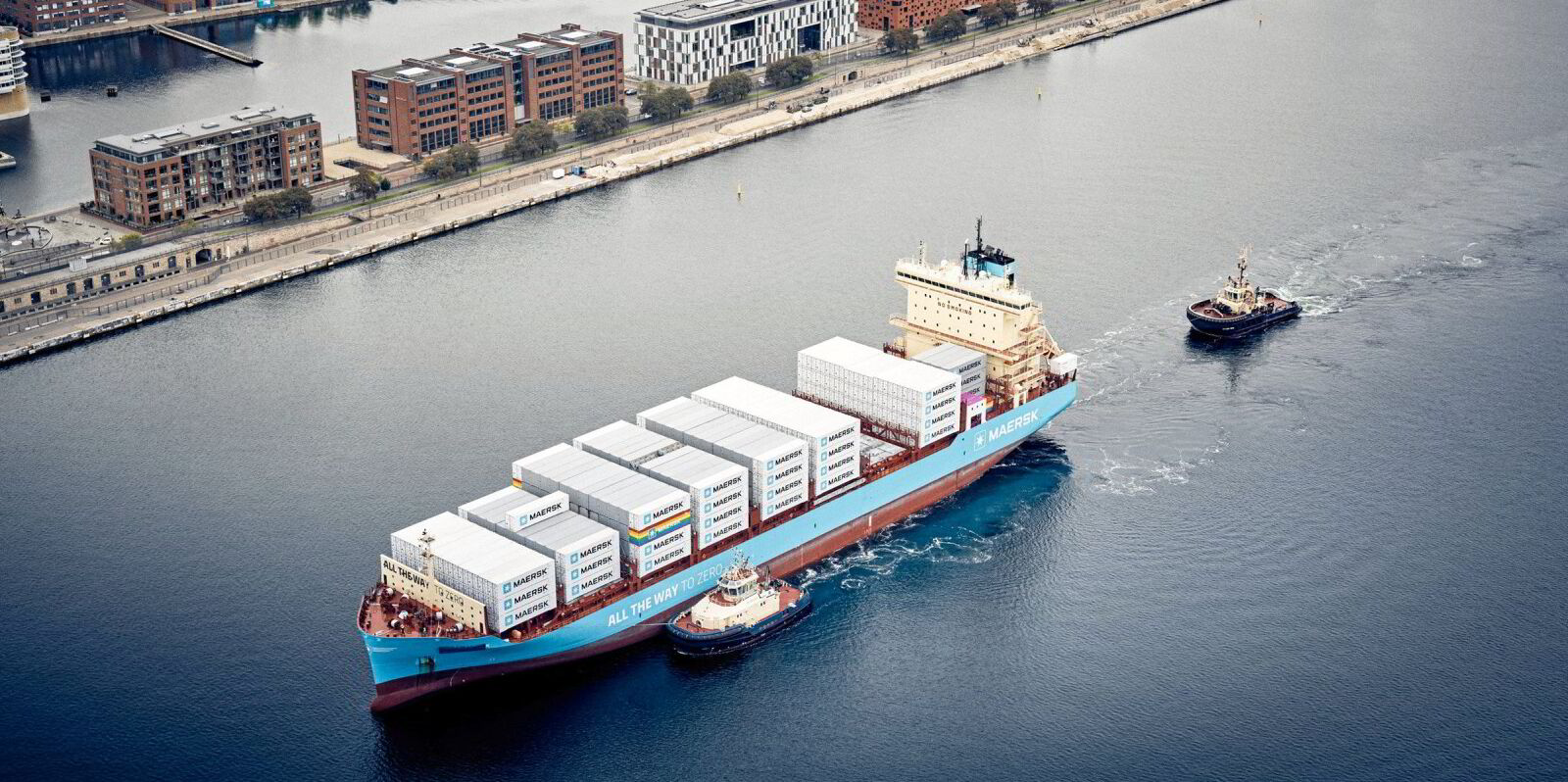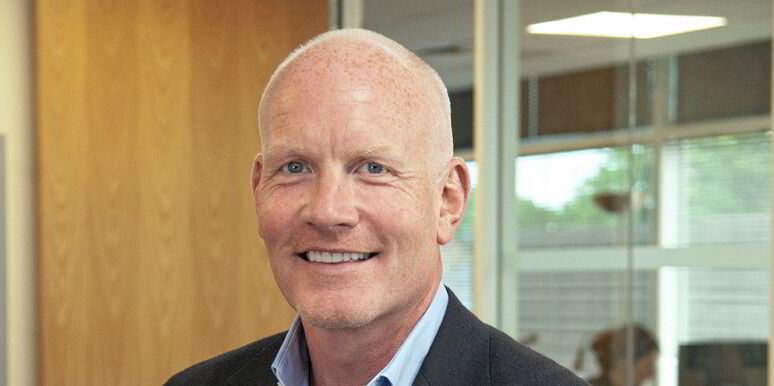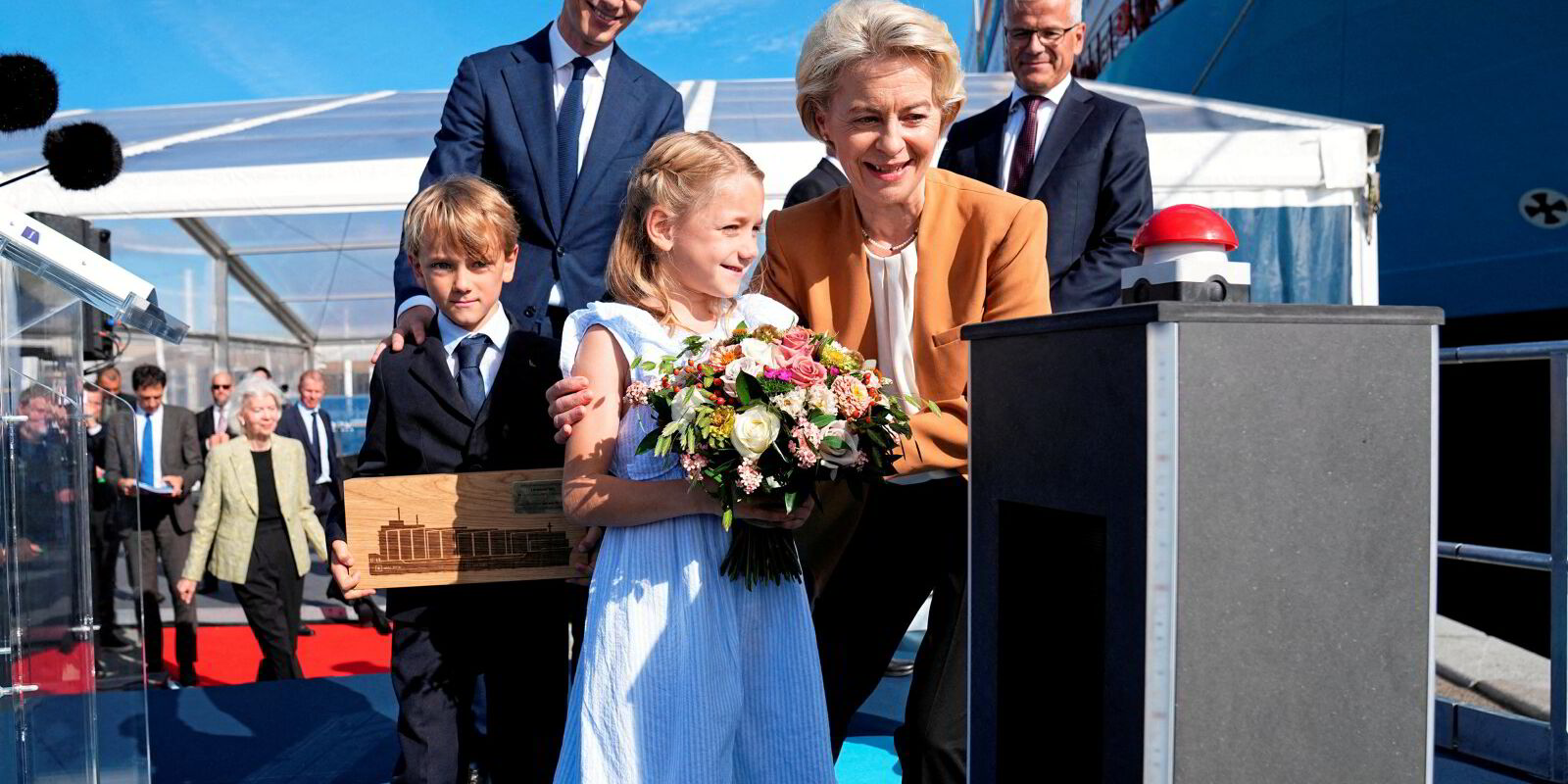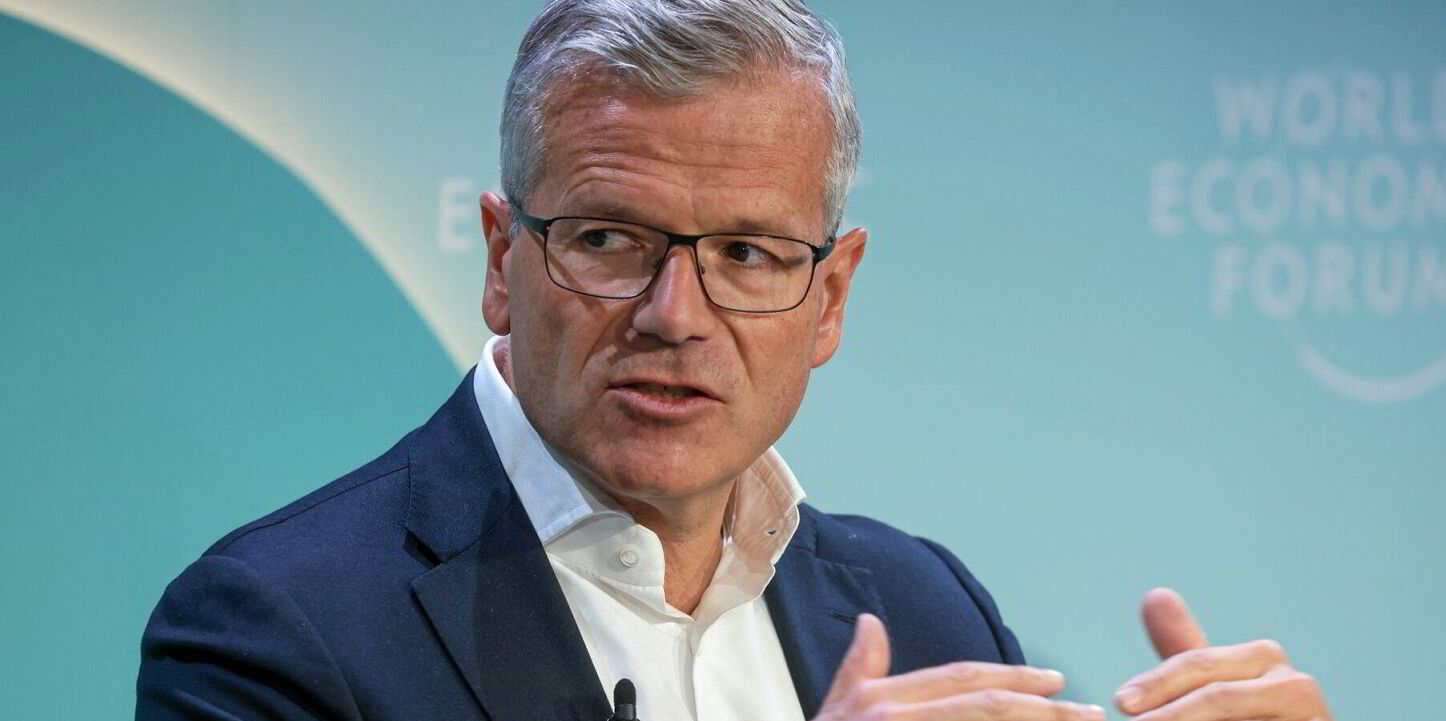In September 2023, and amid great fanfare, European Commission president Ursula von der Leyen officially named the world’s first container ship powered by green methanol: AP Moller-Maersk’s Laura Maersk.
In that same month, Maersk’s marketing and communications team were in full flow, positioning the company as a leader in pioneering new, green fuels as it launched a new outfit, C2X, to develop, own and operate green methanol production facilities with a capacity target of over 3m tonnes per year by 2030.
At the time, Maersk said that C2X would kick off with the development of large-scale green methanol production facilities near the Suez Canal and the port of Huelva in Spain to supply the chemicals and shipping sectors — and Maersk itself — as principal offtakers.
Fast-forward nine months to a truly coffee-spitting moment this week, to read in TradeWinds of Maersk’s enquiry to shipyards for an order of at least 22 LNG dual-fuelled container ship newbuildings.
The news came just three years after Maersk’s then head of decarbonisation, innovation and business development was quoted as saying it was “borderline greenwashing to call LNG a transition fuel towards the decarbonisation of shipping”.
The news is indeed a “jaw-dropping change of tack for [the] methanol pioneer”, as TradeWinds put it last week.
The about-face reveals much more than just the position of one large and influential container company.
Rather, it speaks volumes about where the industry is in the transition to e-fuels, with huge consequences for shipping in meeting its International Maritime Organization greenhouse gas emissions reduction targets.
According to the Liebreich Hydrogen Ladder 5.0, published in 2024, shipping — along with aviation — is a “hard-to-abate” industry.
They are more fragmented, as e-fuels offtakers than the new sectors they will be competing with, including the steel, chemical and agricultural industries.
These sectors often have government backing that enables them to act as a consolidated offtaker, exemplified last week with the announcement that the German government has signed off on €4.6bn ($5bn) in grants to 23 green hydrogen projects.

Shipping is just not yet able — unless it has the offtake scale and capital found at Maersk — to act as a large, homogenous offtaker in a way that enables its constituents to drive down prices and send clear demand signals to green hydrogen developers.
Aggravating the challenge, studies by Liebreich and others have shown that maritime is only willing to pay a fraction of the cost for new, low-carbon fuels compared with its new competitor industries.
Scaling will be critical and lies at the heart of the challenge for shipping to meet the IMO’s 2050 targets for greenhouse gas emissions.
A container ship with a capacity of 16,000 teu may consume about 40,000 tonnes per year of green methanol, according to the Methanol Institute.
The €1bn Cepsa-C2X production plant in Huelva will produce 300,000 tonnes per annum of green methanol; enough for just under eight ships.
According to Global Maritime Forum and the Rocky Mountain Institute, shipping’s demand for e-fuels could rapidly scale to over 500m tonnes by 2040 and 600m tonnes by 2050 and will cost $1.5trn to $2trn — investment figures that now appear optimistic.
The stark reality is that electrolysers needed to generate e-fuels are not fixed at a price most in shipping are willing or able to pay today, despite carbon pricing becoming a factor.
Meanwhile, for the small to medium-size shipowner, offtake scale is a huge barrier.
In tandem, LNG has become more affordable relative to methanol, has an established marine supply chain and there is a growing body of knowledge that methane slip can be reduced, according to the Methane Abatement in Maritime Innovation Initiative.
LNG can have a sustainable pathway, and act as a bridge to bio or synthetic LNG, but let’s be clear: e-fuels in liquid form, not gaseous, will most likely be required to meet the majority of shipping’s fuel needs for future decades.
To achieve that, the industry needs support to develop more bilateral relationships with large e-fuel developers and investors — acting not as standalone company offtakers but as a consolidated bloc — as we have seen is possible in the steel and chemicals markets.
After all, it is no coincidence that C2X in Spain is looking to supply the chemicals sector as well as shipping.
In the meantime, Maersk’s decision on LNG is businesslike. There was no fanfare last week; like many others, it is doing what is practical and realistic. Today, for the most part, e-fuels are neither.
Alisdair Pettigrew is founder and director of marine and renewable energy, brand, communications, digital marketing and insight at consultancy BLUE Communications





